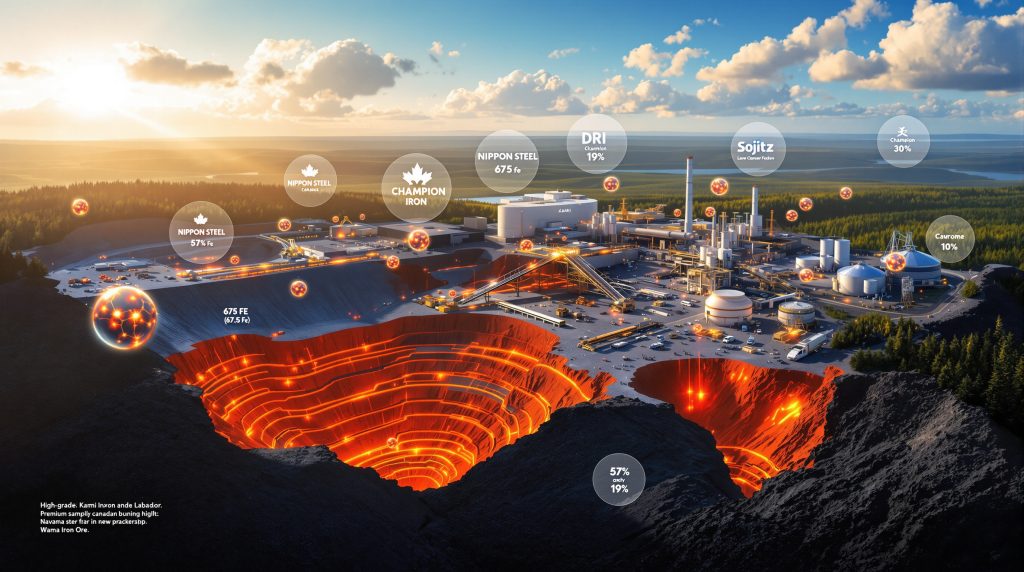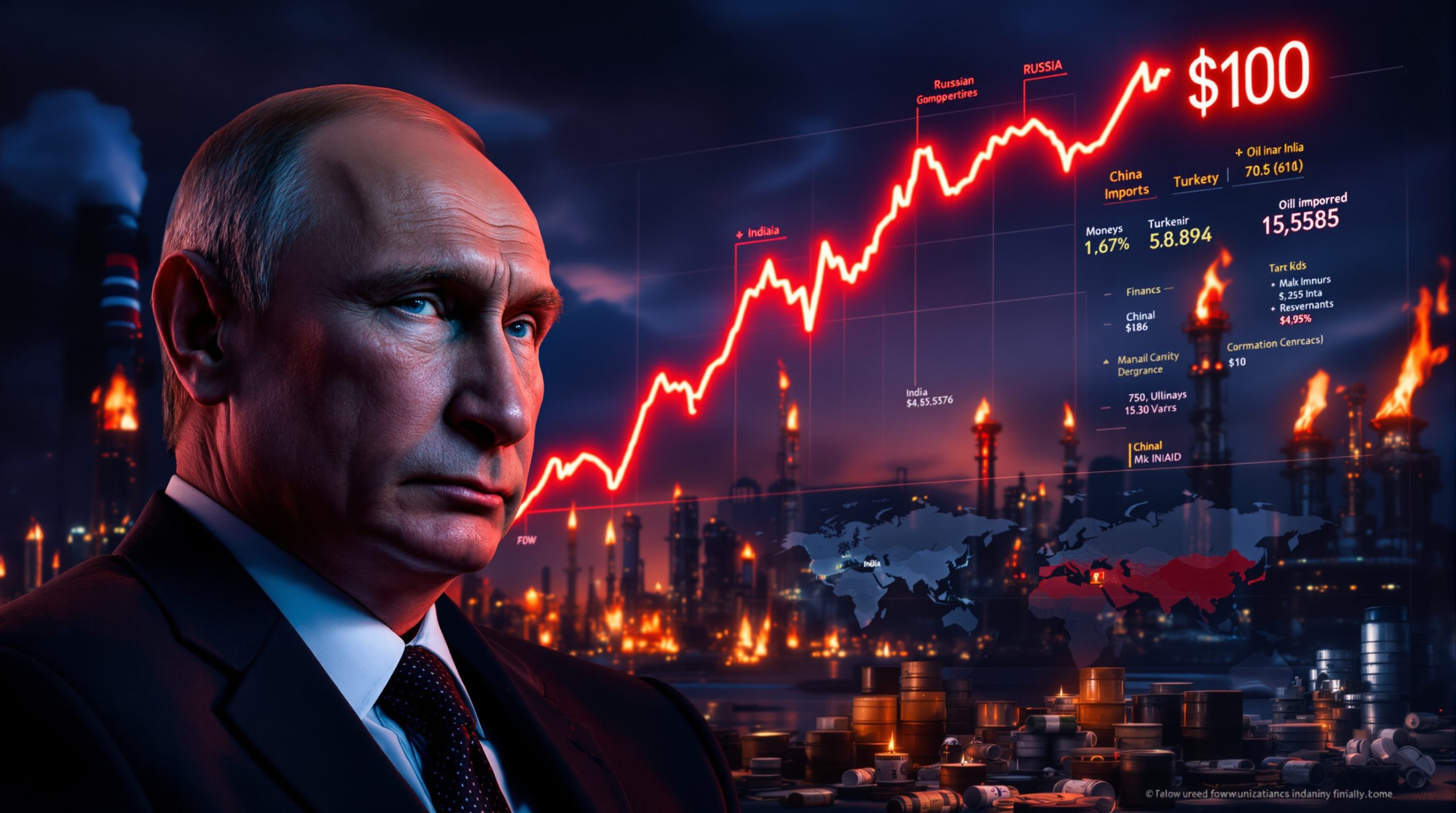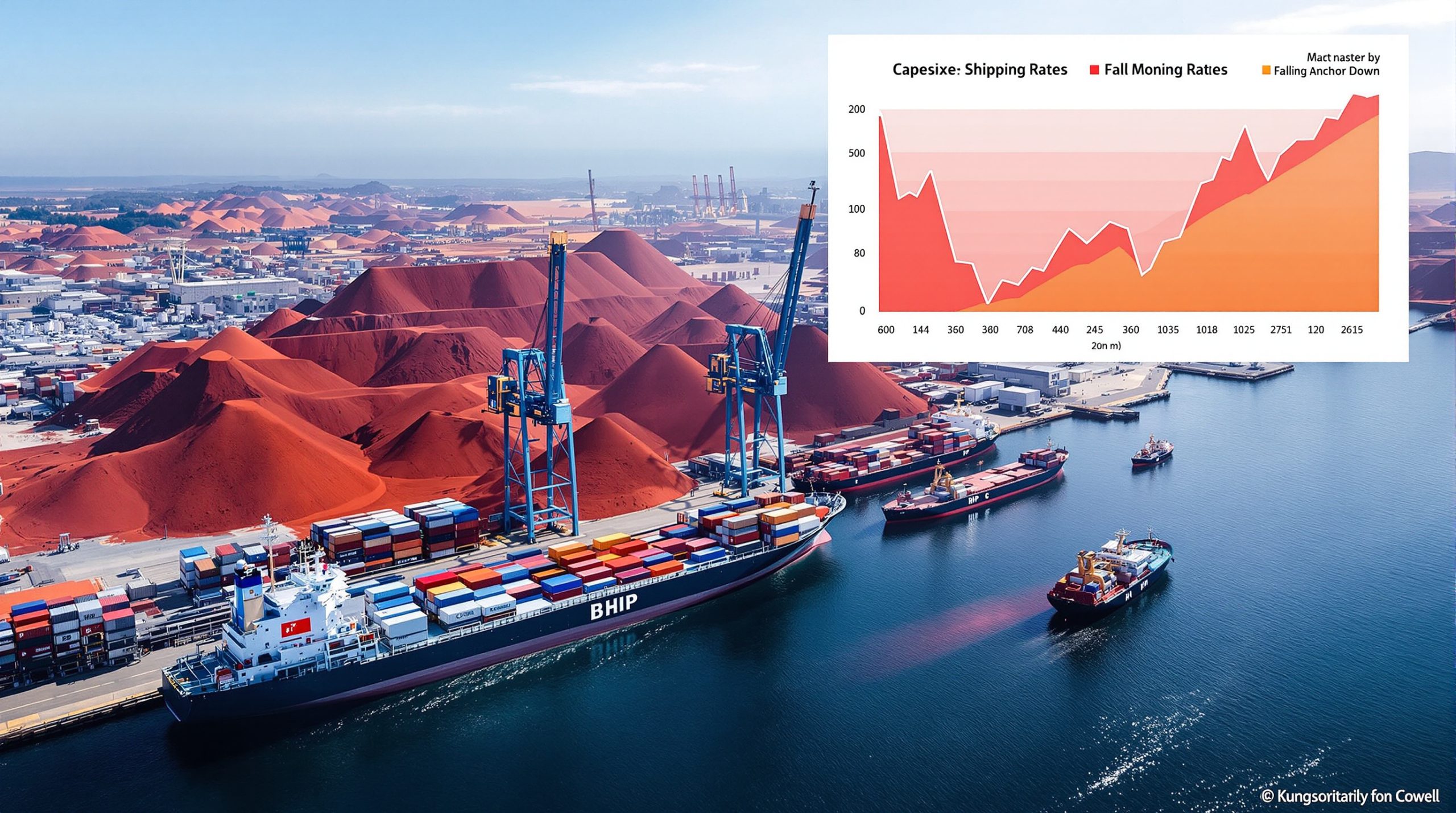What is the Kami Iron Ore Project?
The Kami Iron Ore Project represents a significant iron ore development located in the Labrador Trough region of Newfoundland and Labrador, Canada. This open-pit mining operation sits strategically south of Labrador City and Wabush, positioning it within one of North America's premier iron ore producing regions.
The project is distinguished by its potential to produce premium-grade iron ore concentrate exceeding 67.5% Fe content—specifically formulated for direct reduced iron (DRI) applications. This high-grade characteristic makes Kami particularly valuable in the evolving steel industry's decarbonization efforts.
Key Project Specifications
-
Location: Newfoundland and Labrador, Canada
-
Resource Type: High-grade iron ore suitable for DRI production
-
Projected Mine Life: Approximately 25 years
-
Production Capacity: Estimated 9 million tonnes annually
-
Development Timeline: Approximately 48 months post-final investment decision
Why Has Nippon Steel Invested in Kami?
Strategic Significance of the 30% Stake Acquisition
Nippon Steel's recent acquisition of a 30% stake in the Kami Iron Ore Project represents a calculated strategic move with multiple objectives. The Japanese steelmaking giant paid C$42 million upfront as part of a total C$150 million consideration, with the remaining C$108 million contingent on favorable feasibility study outcomes.
This investment follows a December agreement where Nippon Steel and trading house Sojitz collectively agreed to purchase a 49% interest in the project from Champion Iron for C$245 million, demonstrating a phased approach to their investment strategy.
Securing Critical Raw Materials
For Nippon Steel, this investment addresses several critical business imperatives:
-
Supply Chain Security: Ensures reliable access to premium iron ore resources
-
Vertical Integration: Strengthens control over essential steelmaking inputs
-
Quality Assurance: Secures high-grade ore necessary for advanced steelmaking processes
-
Decarbonization Support: Facilitates transition toward lower-emission production methods
How is the Kami Partnership Structured?
The Kami Iron Mine Partnership Framework
The newly formed joint venture—Kami Iron Mine Partnership—establishes a collaborative structure bringing together complementary expertise:
| Partner | Ownership Stake | Primary Contribution |
|---|---|---|
| Champion Iron | 51% | Mining operational expertise |
| Nippon Steel | 30% | Steelmaking technical knowledge |
| Sojitz Corporation | 19% | Global trading capabilities |
This partnership structure creates a balanced approach to project development, combining Champion Iron's mining operations experience with Nippon Steel's metallurgical expertise and Sojitz's global market access.
Governance Structure
The partnership operates under a six-member management committee with proportional representation reflecting ownership stakes. This governance framework ensures each partner maintains appropriate oversight while leveraging their respective strengths in advancing the project.
What Makes Kami's Iron Ore Strategically Valuable?
Premium-Grade Resource Characteristics
The Kami project's iron ore possesses exceptional qualities that distinguish it in the global marketplace:
-
High Iron Content: Exceeding 67.5% Fe, significantly above industry averages
-
Low Impurities: Minimal deleterious elements, reducing processing requirements
-
DRI Compatibility: Specifically suited for direct reduced iron production
-
Consistent Quality: Homogeneous deposit characteristics enabling reliable output
Direct Reduced Iron Applications
The project's focus on DRI-grade ore aligns with evolving steelmaking technologies:
-
Electric Arc Furnace Production: Essential input for high-grade steel production via EAF technology
-
Carbon Reduction: Supports lower-emission steelmaking processes
-
Premium Product Markets: Targets higher-value segments of the iron ore price trends market
-
Future-Proof Resource: Positions the operation for evolving regulatory environments
How Does This Investment Support Nippon Steel's Global Strategy?
Alignment with Corporate Objectives
Nippon Steel's investment in Kami reflects broader strategic initiatives beyond simple resource acquisition:
-
Decarbonization Roadmap: Supports the company's emissions reduction targets through securing high-grade inputs
-
Global Footprint Expansion: Complements recent acquisitions including U.S. Steel
-
Raw Material Security: Continues pattern of strategic investments in essential inputs
-
Vertical Integration: Strengthens control across the steel production value chain
Complementary Acquisitions Strategy
This investment follows Nippon Steel's established pattern of securing critical raw material sources worldwide. The company has systematically expanded stakes in both coking coal and iron ore mines globally to ensure stable supply chains for its steelmaking operations.
What Are the Development Timelines and Milestones?
Project Advancement Schedule
The Kami project development follows a structured approach with several key phases:
-
Feasibility Study Completion: Currently underway with partner participation
-
Final Investment Decision: Pending successful feasibility outcomes
-
Construction Phase: Estimated 48-month timeline post-FID
-
Production Ramp-up: Phased approach to reach full production capacity
-
Operational Optimization: Continuous improvement throughout mine life
Critical Success Factors
Several elements will determine the project's ultimate success:
-
Permitting Progress: Securing necessary regulatory approvals through proper mining permitting guide processes
-
Infrastructure Development: Establishing transportation and logistics systems
-
Capital Expenditure Management: Controlling development costs
-
Market Conditions: Maintaining favorable iron ore forecast environments
-
Technological Implementation: Deploying efficient extraction and processing systems
What Are the Economic Implications of the Kami Project?
Investment Scale and Financial Structure
The Kami project represents a significant capital commitment from all partners:
-
Initial Investment: C$42 million from Nippon Steel (already paid)
-
Conditional Investment: Additional C$108 million pending feasibility study
-
Total Consideration: C$150 million for Nippon Steel's 30% stake
-
Previous Agreement: C$245 million for the collective 49% interest
Regional Economic Impact
Beyond partner economics, the project promises substantial benefits for Newfoundland and Labrador:
-
Job Creation: Hundreds of construction and operational positions
-
Supply Chain Development: Opportunities for local businesses and service providers
-
Tax Revenue Generation: Increased provincial and municipal income
-
Infrastructure Enhancement: Potential improvements to regional transportation systems
-
Skills Development: Training and capacity building within local workforce
How Does This Project Impact Global Iron Ore Markets?
Market Positioning
The Kami project enters a dynamic global iron ore landscape characterized by:
-
Premium Grade Demand: Growing preference for higher-quality inputs
-
Supply Concentration: Dominated by major producers in Australia and Brazil
-
Price Differentiation: Widening spreads between standard and premium grades
-
Decarbonization Pressures: Increasing focus on reduced-emission production methods
Competitive Landscape Analysis
Within this context, Kami offers several competitive advantages:
-
Grade Premium: Above-average Fe content commanding market premiums
-
Geographic Diversity: North American mining trends reducing reliance on traditional sources
-
Strategic Partnerships: Strong backing from established industry players
-
Environmental Positioning: Alignment with evolving sustainability requirements
What Are the Environmental and Sustainability Aspects?
ESG Considerations
The Kami project development incorporates several environmental, social, and governance elements:
-
Emissions Profile: Potential for reduced lifecycle carbon footprint through high-grade production
-
Water Management: Implementation of advanced conservation and treatment systems
-
Land Reclamation: Progressive mine reclamation innovation planning throughout mine life
-
Community Engagement: Collaborative approach with local stakeholders
-
Indigenous Relationships: Respectful partnerships with First Nations groups
Contribution to Steel Industry Decarbonization
By focusing on DRI-grade iron ore, the project directly supports steel industry transformation:
-
Electric Arc Furnace Inputs: Provides essential materials for lower-emission steelmaking
-
Carbon Intensity Reduction: Enables production methods with reduced greenhouse gas emissions
-
Technological Advancement: Supports evolution of next-generation steelmaking processes
-
Regulatory Compliance: Helps steelmakers meet increasingly stringent emissions standards
What Challenges and Opportunities Lie Ahead?
Project Execution Risks
Several factors could impact successful development:
-
Capital Cost Escalation: Potential for budget overruns in construction phase
-
Permitting Delays: Regulatory approval timeline uncertainties
-
Market Volatility: Iron ore price fluctuations affecting project economics
-
Technical Challenges: Unforeseen geological or processing complications
-
Infrastructure Constraints: Transportation and logistics bottlenecks
Future Expansion Potential
Conversely, several opportunities could enhance project value:
-
Resource Extension: Potential to identify additional reserves
-
Production Optimization: Efficiency improvements increasing output or reducing costs
-
Product Diversification: Development of complementary ore types or grades
-
Technological Innovation: Implementation of advanced mining and processing methods
-
Strategic Partnerships: Additional collaboration opportunities with downstream consumers
Conclusion: Strategic Significance of the Nippon Steel-Kami Partnership
The Nippon Steel investment in the Kami Iron Ore Project represents a forward-looking strategic alliance bringing together mining expertise, steelmaking knowledge, and global trading capabilities. This partnership aims to develop one of North America's most promising iron ore deposits while addressing critical raw material needs for next-generation steelmaking.
For Nippon Steel specifically, this investment reinforces the company's commitment to securing premium inputs essential for its decarbonization journey while strengthening its global resource position. The focus on high-grade, DRI-compatible ore aligns perfectly with evolving industry requirements for cleaner steel production methods.
As the project advances through feasibility studies toward potential development, it stands to become a significant contributor to both regional economic development and the global transition toward more sustainable steel production.
FAQ: Nippon Steel's Kami Iron Ore Project Investment
What percentage of the Kami project does Nippon Steel now own?
Nippon Steel has acquired a 30% ownership stake in the Kami Iron Ore Project through the newly formed Kami Iron Mine Partnership.
How much did Nippon Steel pay for its stake?
Nippon Steel paid an initial C$42 million, with an additional C$108 million to be paid pending favorable feasibility study results, for a total consideration of C$150 million.
What makes the Kami iron ore particularly valuable?
The Kami deposit contains high-grade iron ore (exceeding 67.5% Fe) specifically suitable for direct reduced iron (DRI) production, which is essential for modern, lower-emission steelmaking methods.
Who are the other partners in the project?
Champion Iron holds a 51% majority stake, while trading house Sojitz Corporation maintains a 19% interest in the joint venture.
How does this investment align with Nippon Steel's strategy?
This acquisition supports Nippon Steel's efforts to secure stable supplies of premium raw materials essential for its steelmaking operations, particularly as it transitions toward lower-carbon production methods and expands its global footprint.
Further Exploration:
Readers interested in learning more about developments in the iron ore sector can also explore related educational content on MINING.com, which regularly publishes updates on major mining projects and industry trends in the global resources sector.
Ready to Spot the Next Major Mineral Discovery?
Don't miss out on the next Kami-scale opportunity—Discovery Alert's proprietary Discovery IQ model delivers real-time notifications on significant ASX mineral discoveries, instantly transforming complex data into actionable investment insights. Visit our discoveries page to understand how major mineral findings can generate substantial returns and begin your 30-day free trial today.




